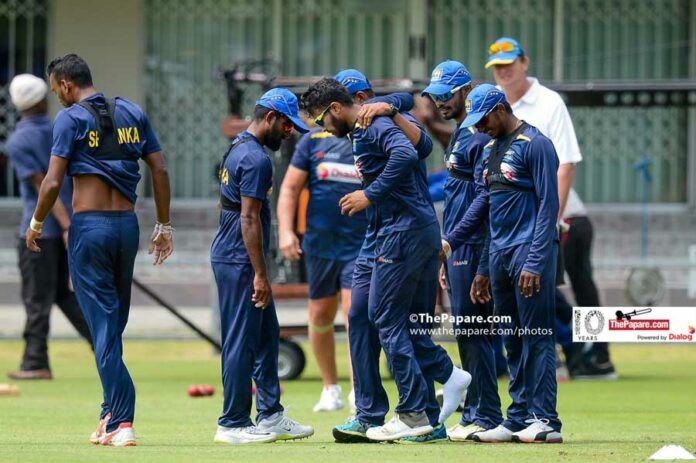I challenge you to go and try to find an adult cricketer who hasn’t experienced shoulder pain, back pain, knee pain or ankle pain!
It won’t be an easy challenge for you as at some point in their careers, they’ve all experienced aches and pains.
I’m not going to say that players must play cricket completely pain free, as it’s impossible to play for a long period of time without encountering an injury, but we can address certain things in a cricketer’s career at an early stage so they can reduce the potential of major injuries, pain and play pain free cricket for extended periods.
It doesn’t matter even if you are a batsman like Sachin Tendulkar, a bowler like Dale Steyn or a fielder like Jonty Rhodes, the most important thing that allows success is actually being available to play.
If you aren’t available due to injuries, you are out of the scene! This is where physical fitness plays a major role.
In this article, I am trying to outline a few things that could help young cricketers to play pain free cricket.
Firstly, the most important things to note is that “prevention is better than cure”.
As a strength & conditioning coach, my job is to prevent injuries. Many injuries don’t happen by chance, especially in a non-contact sport like cricket. A majority of the time, it’s caused by repeated stress to the body, whether that be when bowling, batting or fielding.
A recent study found that 39 out of 50 elite bowlers (average age of 18.9) had experienced a lower back stress injury (Always, et Al, 2020). This can give us an idea that most injuries that adults experience are created during their childhood and teenage years.
Therefore, it’s vital to set a great foundation for young cricketers as early as possible by doing the following:
- Managing their workload efficiently and effectively.
- Training proper movements such as hinging, squatting, lunging to eliminate movement deficiencies. If you don’t move right, you can’t bowl, bat or field right, as your brain is efficient at task completion, not in finding the right way to complete the task.
- Strength training to strengthen the body to produce more force and power.
Secondly, recovery. If you don’t recover well, there is no point in training hard as you are going to break down eventually.
You need to control the controllable. There are many things we worry about when it comes to performance, whether that be supplements, recovery garments and pills etc, whereas we don’t do the basic things well.
To recover well, you need sufficient sleep, good nutrition and a stress management plan. Of course, supplements and all the other things in the world can help you when you do the basics right, but not when you lack sleep and proper nutrition.
Last but not least, stop constantly attacking the pain directly. Even if you get injured at some point in your career, you need to know how to manage the injury well. If you experience symptoms, it can be a clue for you to find out what’s wrong. Don’t fear symptoms, use that to find out what’s happening to your body and basically as yourself, ‘what am I not doing right?’
What I have mentioned here in this article isn’t rocket science. This is the basic foundation every cricketer has to follow to play pain free cricket, but we all tend to forget the basics.
As a coach, it’s vital to manage young cricketers from academy level to school level and school level to first class and national level efficiently to play pain free cricket.
Farnaz Nawaz
Strength and Conditioning Coach Moors Sports Club, Sri Lanka
*Disclaimer: The views and opinions expressed in this article are those of the author’s and do not necessarily reflect the official policy or position of ThePapare.com.
If you have an opinion on Cricket – you get a Free Hit here. Write to [email protected] to be featured!
















